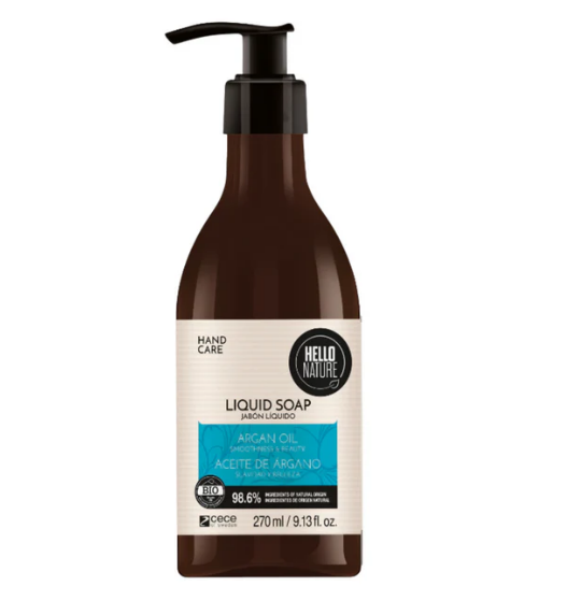
Indian gooseberry, or amla, is a fruit that has become incredibly famous due to its many health advantages, particularly in terms of hair care. While some people are adamant about the benefits and effect of amla on hair, others voice worries about possible negative consequences. In this post, we’ll look at the different ways amla supports healthy hair and discuss any potential risks involved in using it.
Amla’s health benefits for hair
Amla is a nutrient-dense powerhouse that has amazing effects on hair. Let’s explore the amazing advantages that this organic component has for your hair.
Promotes the growth of hair:
Vitamin C, which is abundant in amla, stimulates hair follicles and encourages the growth of healthy hair. Stronger and thicker strands of hair can result from the regular application of amla.
Stops Hair Loss:
Amla’s antioxidant qualities strengthen hair shafts and lessen breakage, which helps stop hair loss. Including amla in your hair care regimen can be a successful way to prevent hair loss.
Gives Sheen and Brilliance:
Amla’s inherent conditioning qualities give your hair a gorgeous sheen and luster. It gives your hair a brilliant, healthy-looking appearance.
Addresses Scalp and Dandruff:
Amla is a popular treatment for dandruff and other scalp conditions because of its anti-inflammatory and antibacterial qualities. Frequent application helps relieve these issues and calm the scalp.
Natural Shampoo for Hair:
When used as a hair cleanser, amla helps get rid of excess oil and pollutants, leaving your hair feeling renewed and fresh. Because of its light cleaning properties, it can be used frequently.
Stops Too Soon Graying:
Amla is thought to strengthen hair follicles and preserve natural pigment, preventing premature graying of the hair. By incorporating amla into your hair care regimen, you can postpone the beginning of gray hair.
Potential Adverse Hair Effects of Amla:
Even though amla is thought to be safe for the majority of people, it’s important to be aware of any possible negative effects that some people may have.
Hair that is brittle and dry:
Overuse of amla can cause brittleness and dryness, especially in people whose hair is already dry. Achieving a balance in usage is essential to preventing negative consequences.
Allergy Responses:
Rarely, someone may have an allergy to amla. Symptoms of allergic responses include swelling, redness, and itching. Before applying widely, perform a patch test to rule out allergies.
Overuse causes damage to hair.
Damage may result from overusing amla or from leaving it on the hair for a long time. It’s best to go by suggested dosages and avoid using amla-based products excessively.
Interference with the Shade of Hair:
The outcome of hair coloring procedures may be affected by the inherent darkening qualities of amla. See a professional before adding amla to your regimen if you color your hair.
Hair Discoloration:
Amla’s naturally dark tint can discolor hair that is lighter in tone. Blonde or light-colored hair types should be careful not to cause unintended discoloration.
Finally, because amla has so many advantages over other hair care products, including promoting hair growth, reducing hair loss, and treating scalp conditions, it might be a useful addition to your program. To prevent possible negative effects like dryness, allergy, and interference with hair color, amla must be used sparingly. When using amla on your hair, always do a patch test and see a dermatologist if you have any concerns. By finding the ideal combination, you may maximize the amazing health advantages of amla while lowering the possibility of negative side effects.







